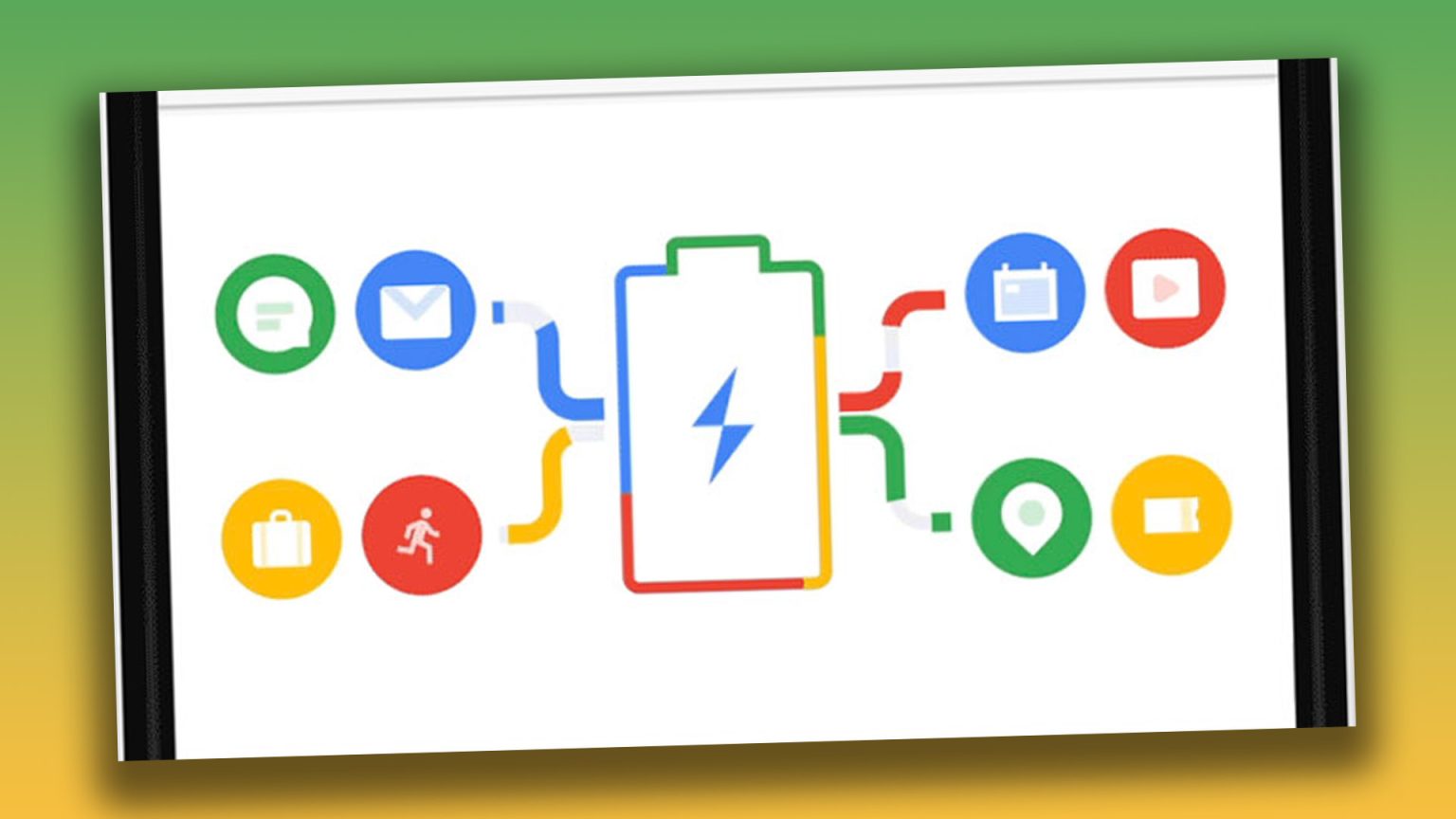Android phones, like all smartphones, are susceptible to battery drain. However, Google has identified several settings that can significantly extend your battery life. These settings, while individually contributing small improvements, collectively create a substantial positive impact.
The first key area to address is the display. Allowing the screen to turn off sooner conserves energy by reducing the time the backlight is active. Lowering the screen brightness also has a noticeable impact, and enabling automatic brightness adjustment further optimizes power usage by adapting to ambient light conditions. Disabling keyboard sounds and vibrations, while seemingly minor, contributes to reducing unnecessary power consumption.
Identifying and restricting apps with high battery usage is crucial. Background processes and resource-intensive apps can silently drain your battery. Android’s battery usage statistics can help pinpoint these culprits. Google’s Adaptive Battery feature intelligently manages app usage, limiting background activity for infrequently used apps. This optimization learns your usage patterns over time, prioritizing battery life without significantly impacting user experience.
Removing unused accounts can also improve battery life. Syncing data for multiple accounts consumes power. If you have accounts you no longer use, deleting them prevents unnecessary background syncing. Enabling Dark Theme, particularly on devices with OLED screens, can significantly reduce power consumption. OLED screens illuminate individual pixels, meaning black pixels are effectively turned off, conserving energy.
Beyond these individual settings, activating Battery Saver mode offers a more aggressive approach to power conservation. This mode limits background activity, network connections, and certain visual effects to maximize battery life. While it might impact performance, it’s a valuable tool for preserving charge when needed. Scheduling Battery Saver to automatically activate at certain times or battery levels automates this power-saving measure.
Maintaining battery health is essential for long-term performance. All batteries degrade over time, but proper care can minimize this degradation. Heat is a significant factor affecting battery life. High temperatures, whether from direct sunlight, intensive usage, or proximity to heat sources, can permanently damage the battery. The chemical reactions within the battery accelerate at higher temperatures, leading to faster degradation. It is crucial to keep your phone cool, especially during intensive use. Avoid leaving it in direct sunlight or hot environments. If your phone feels hot, give it a break and allow it to cool down.
Regularly reviewing app permissions and disabling unnecessary location services also contribute to power conservation. Location services, while useful, are resource-intensive. Ensure apps only access your location when necessary. Limiting background data usage for non-essential apps can also extend battery life. Many apps consume data in the background, even when not actively used. Restricting this background activity can significantly reduce power drain.
Google’s recommendations provide a comprehensive strategy for optimizing Android battery life. By implementing these changes, you can significantly extend the time between charges and maintain long-term battery health. Remember that even small changes can contribute to a significant overall improvement. Regularly review your settings and adjust them based on your usage patterns and needs. Staying informed about new battery optimization features and best practices will further enhance your Android phone’s battery performance.
While individual settings might offer marginal improvements, their combined effect is substantial. Some settings, like reducing screen brightness, have a more significant impact than others, like disabling keyboard sounds. Understanding these differences allows you to prioritize the most effective changes. Regularly monitoring battery usage statistics can help identify unexpected power drains and inform your optimization strategy.
Battery Saver mode, while effective, should be used strategically. Its limitations on performance and functionality make it more suitable for emergencies or when battery life is critically low. Consider scheduling Battery Saver mode to activate automatically during off-peak hours or when you anticipate limited access to charging.
Protecting your battery from heat is paramount. Avoid exposing your phone to direct sunlight, especially for extended periods. If your phone becomes hot during use, take a break and allow it to cool down. Avoid using resource-intensive apps for prolonged periods, as they can generate significant heat.
Regularly checking for software updates is also important for maintaining battery health. Updates often include optimizations that improve power efficiency. Keep your Android operating system and apps up-to-date to benefit from these improvements.
Understanding your phone’s battery usage patterns is crucial for effective optimization. Utilize the built-in battery usage statistics to identify apps consuming excessive power. This information empowers you to make informed decisions about app usage and restrictions.
By following these recommendations and remaining mindful of your usage habits, you can significantly extend your Android phone’s battery life and maintain its long-term health. Remember that battery optimization is an ongoing process, and regular review and adjustments are essential for maximizing performance.




